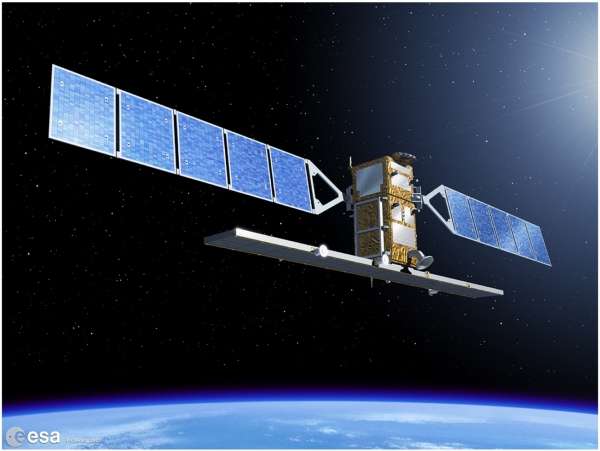Synthetic Aperture Radar
Synthetic Aperture Radar (SAR) is based on the principle of radar for the acquisition of the measurement and on the principle of synthetic aperture for the focusing of the information in the image.
This technique is for instance used in remote sensing, because of the following advantages over optical systems:
- independence of solar illumination,
- independence of cloud coverage,
- access to information about subsurface features.
A SAR system is said to be active because it illuminates the scene with an electromagnetic pulse, in contrast to so-called passive systems which measure the electromagnetic signal from an independent source, like the sun. So a SAR satellite can image the earth by day and by night.
As the electromagnetic wave is little disturbed by the atmosphere, clouds or rain, so a SAR satellite can operate when an optical satellite cannot.
With long wavelengths, the electromagnetic wave penetrates not only clouds, but also soil, sand, snow (under dry conditions), or the canopy of a forest, thus providing information about hidden features.
